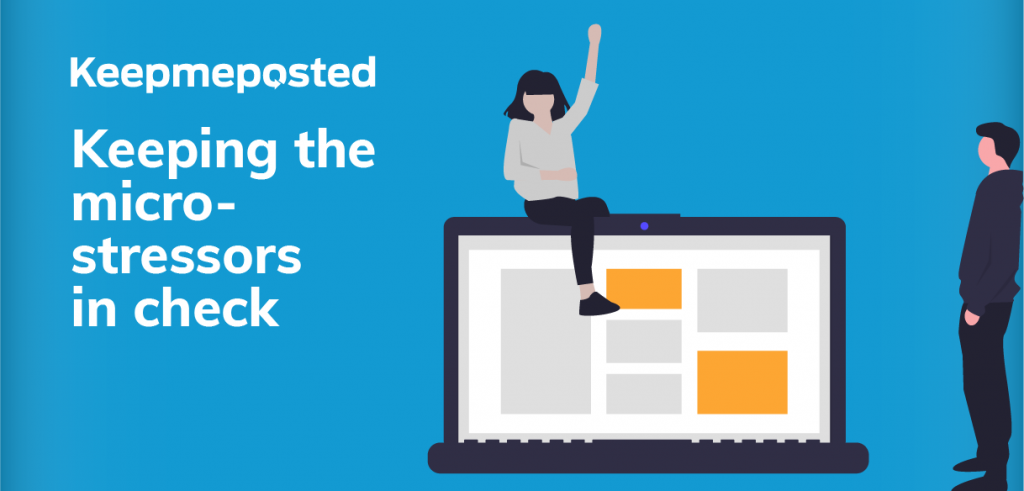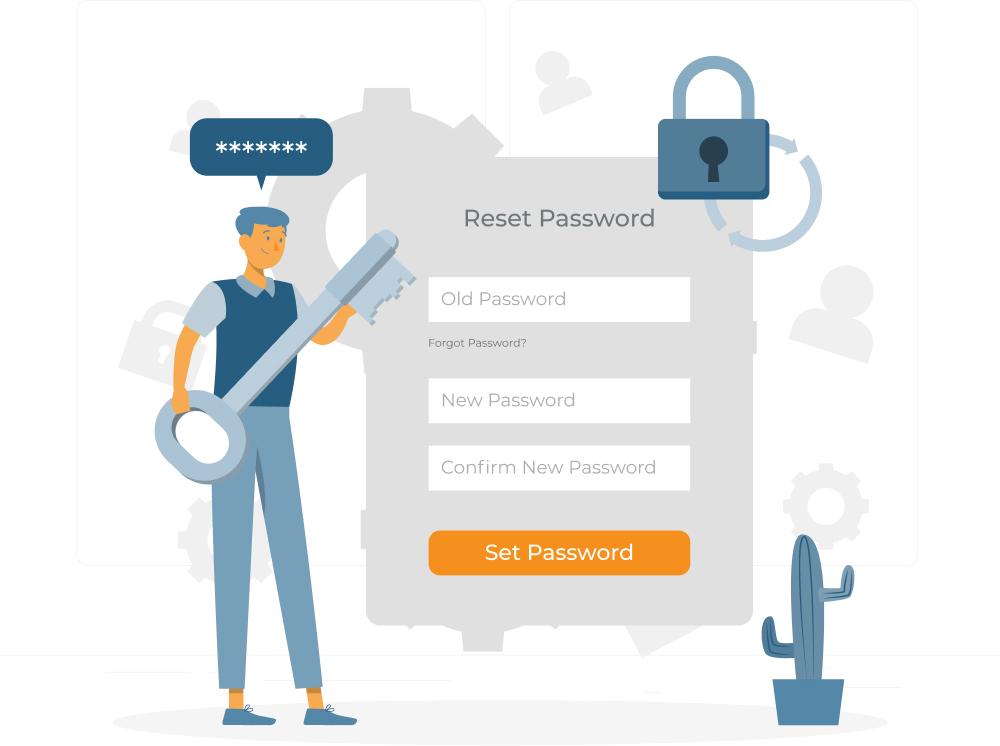It’s easy to overlook the little things which stress you out and it’s far easier to blame it on the big things in your life which are obviously stressful – such as long hours at work, marital or relationship problems, financial or health problems. However, the micro-stressors may quickly add up and together can become a large force that equally drags you down. We don’t need any more stressors to team up with our bigger problems. Before even sitting at your desk you may have already encountered enough micro-stressors to “ruin your day”. The dog may have woken you up in the middle of the night, then the alarm blared far too early for your liking, you scrolled Instagram and saw a friend’s post sipping cocktails at the beach on a Tuesday morning, then the traffic is overwhelming and you had to honk your horn a few times. Before you know it, that’s ten micro-stressors and you haven’t started your day yet. Keeping our guard up for these stressful instances will help us tackle and deal with them.

Whilst some macro-stressors are out of our hands, many micro-stressors can diminish if we know how to handle them. Some things are beyond our control, but all of our actions are. Our decisions and actions are what controls our stress levels. We can categorise these micro-stressors into the three categories:
- Micro-stressors that drain our personal resources (time and money)
- Micro-stressors that drain us emotionally
- Micro-stressors that challenge your identity and value
Harvard Business Review outlines these micro-stressors in a handy chart. It’s worth doing this exercise to identify what are these micro-stressors in your life. All of these together will lead to stress, and possibly anxiety and burnout. Whilst opening up about these micro-stresses will help us understand the context and the ‘why’ behind their annoyance, it is oftentimes too ambitious to attempt to eliminate and tackle all of these micro-stresses as it will be a pedantic exercise which may or may not work. Outlining the micro-stressors which annoy us the most may help us target our efforts more and tackle them one at a time.
What can we do to mitigate these stressors?
Although we can tackle some of these micro-stressors what will surely help us is to invest time in activities that will put these “normal” everyday stressors into perspective. Some of these practises may include journaling, meditating and/or prayer and of course, keeping physically healthy by exercising, good nutrition and good sleep habits. People who lead a well-rounded lifestyle just don’t experience these stressors in the same way.
One key to remaining above board these micro-stressors is to build relationships that create a sense of purpose and meaning to our lives, not just at our place of work but in the connections outside of work too and in our personal lives.
On the other hand, think of the people that are what we usually call “toxic” and which create stress around us. Whilst this doesn’t mean that we cut off these people completely, it simply means we should be more mindful of how we react to them being around and perhaps reduce the amount of time around them and recognise their effect on your mental health. These may also be people we enjoy having around and people we have fun with – but they may cause us to delay important tasks over going out for a drink which in turn causes stress later.
Once you recognise these patterns of micro-stressors in your life, you will automatically learn to mitigate and control them.
Share this with a friend or colleague who needs to read this.

